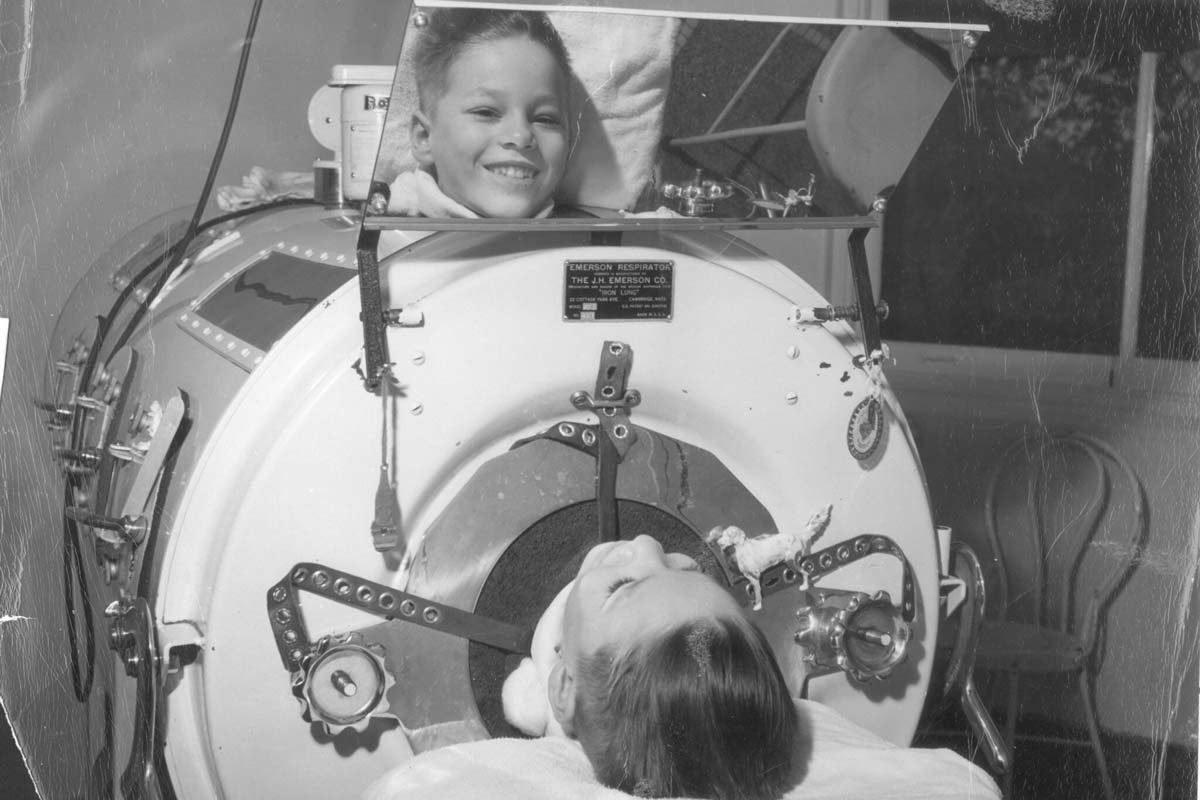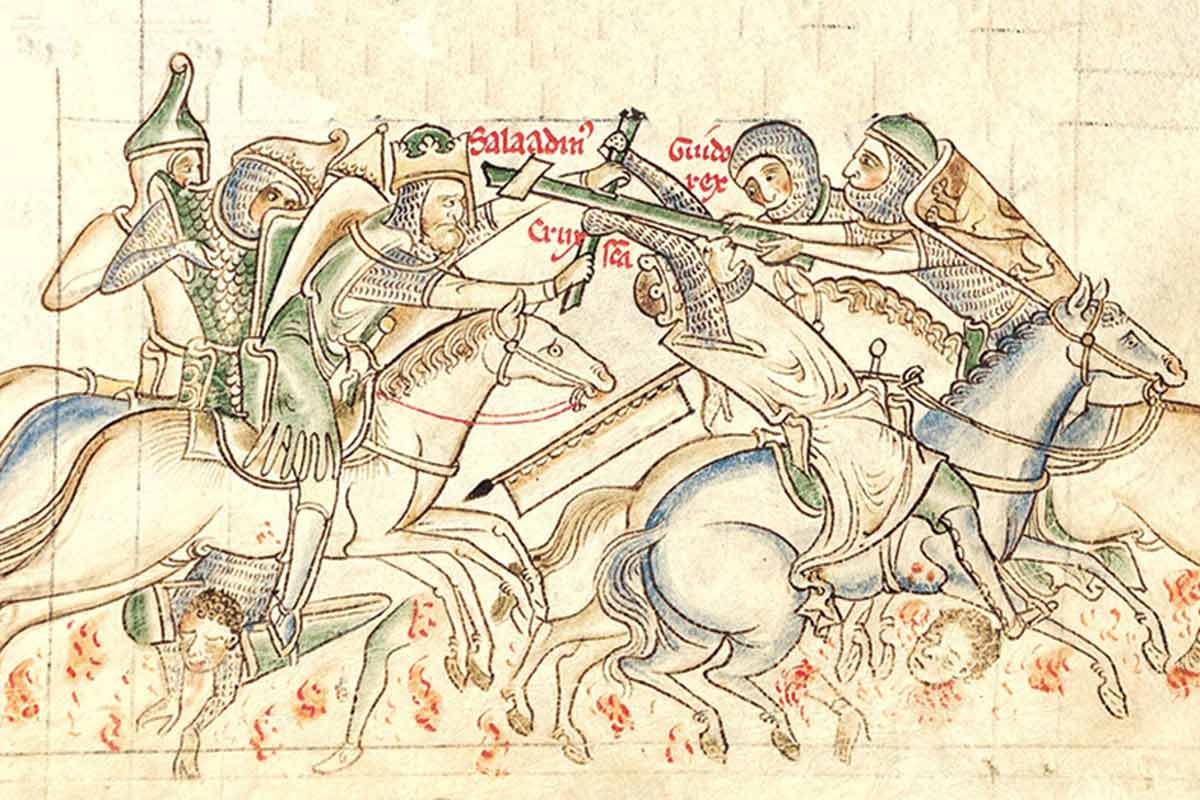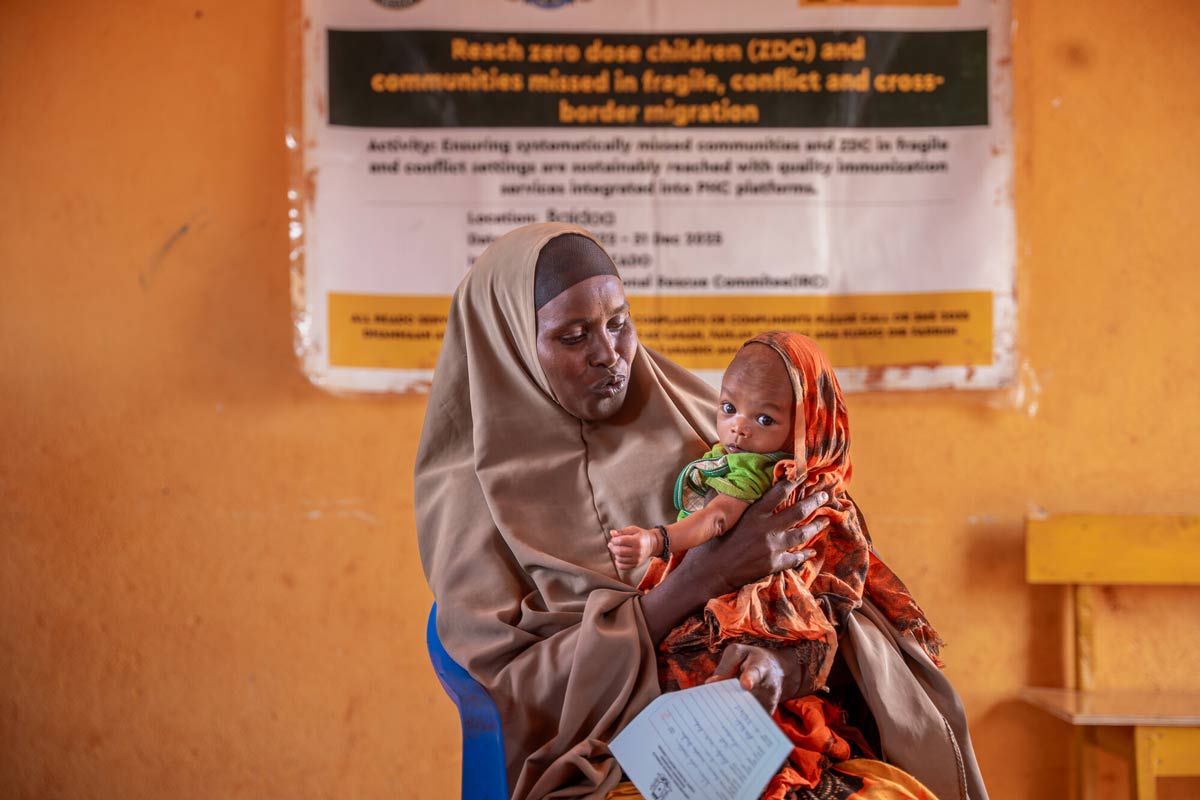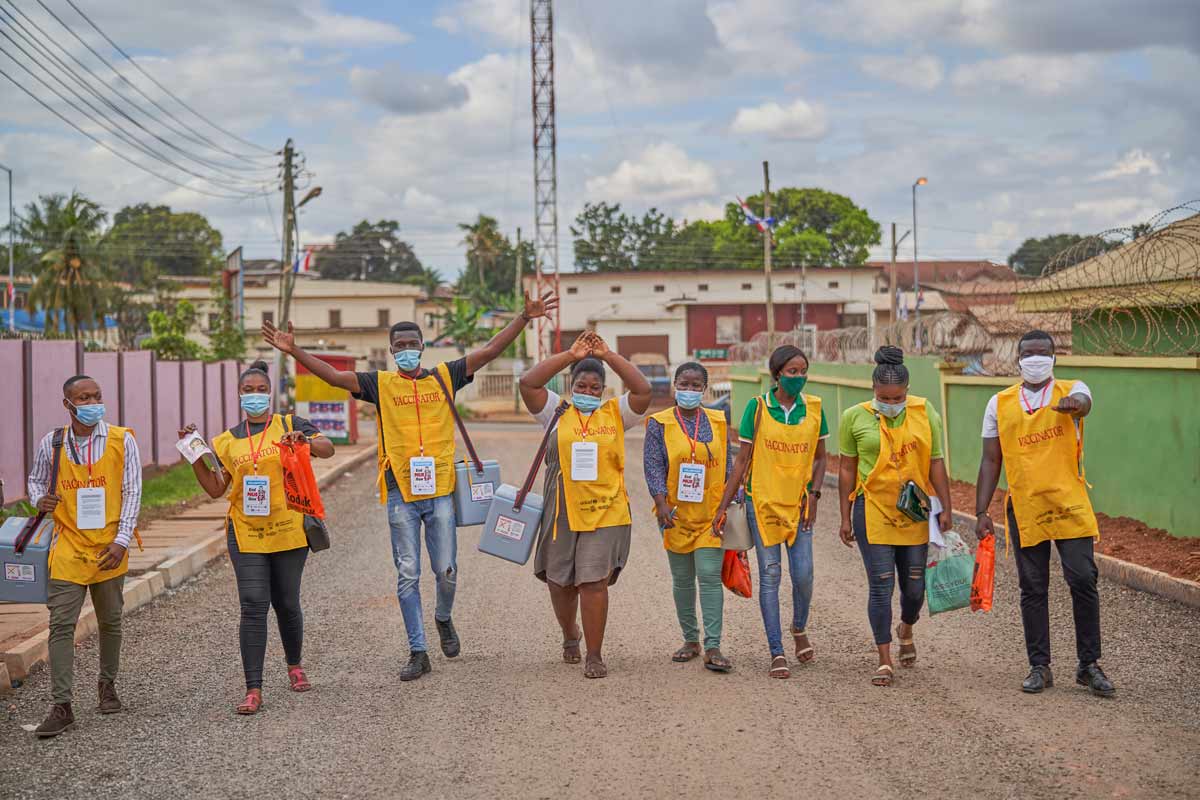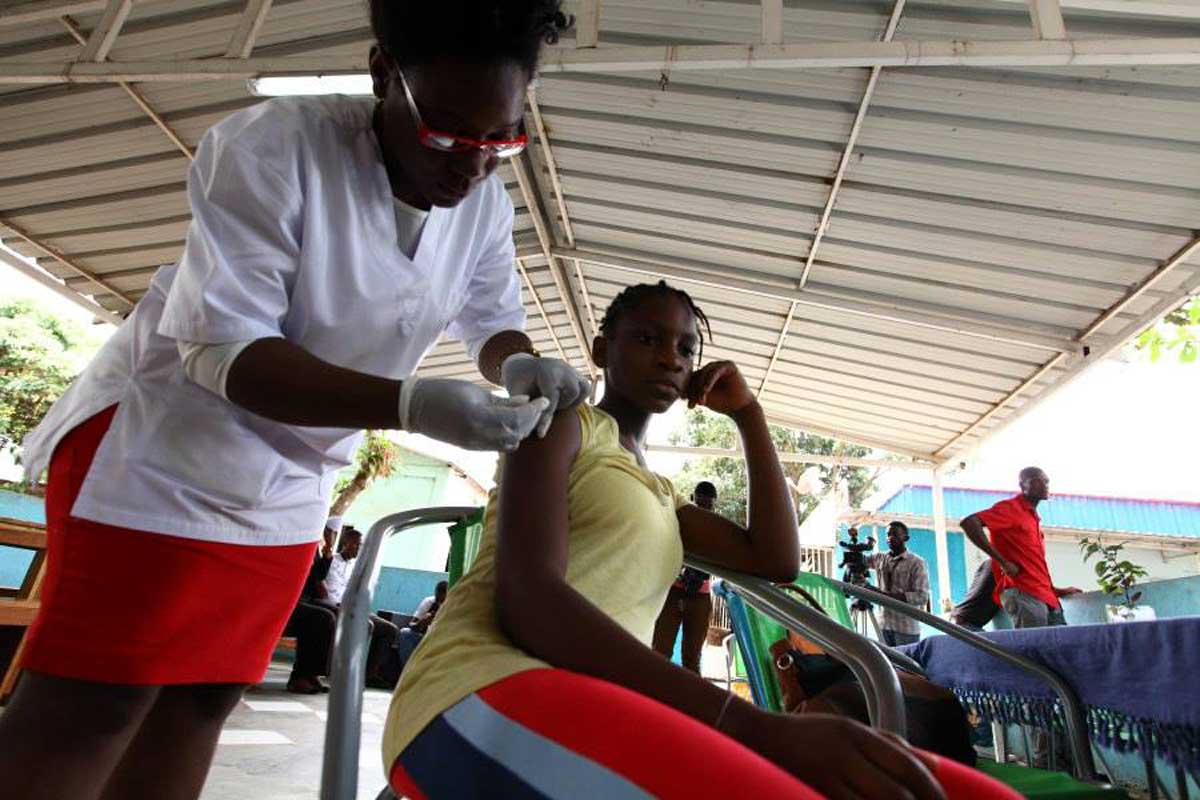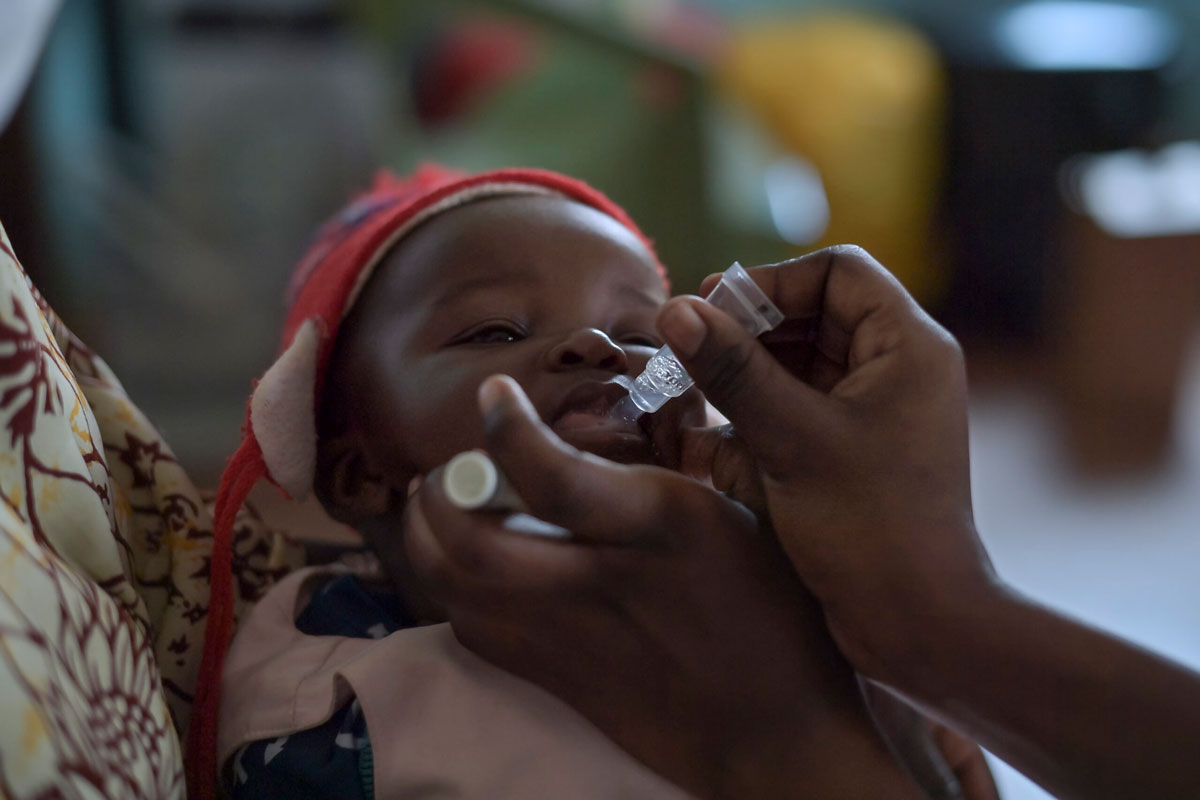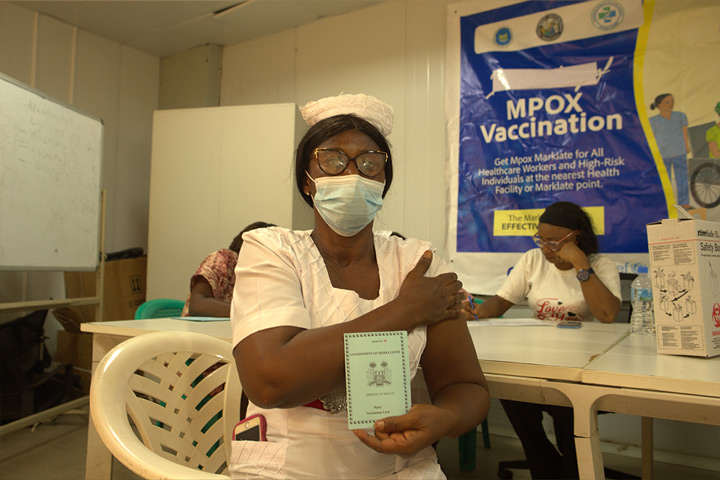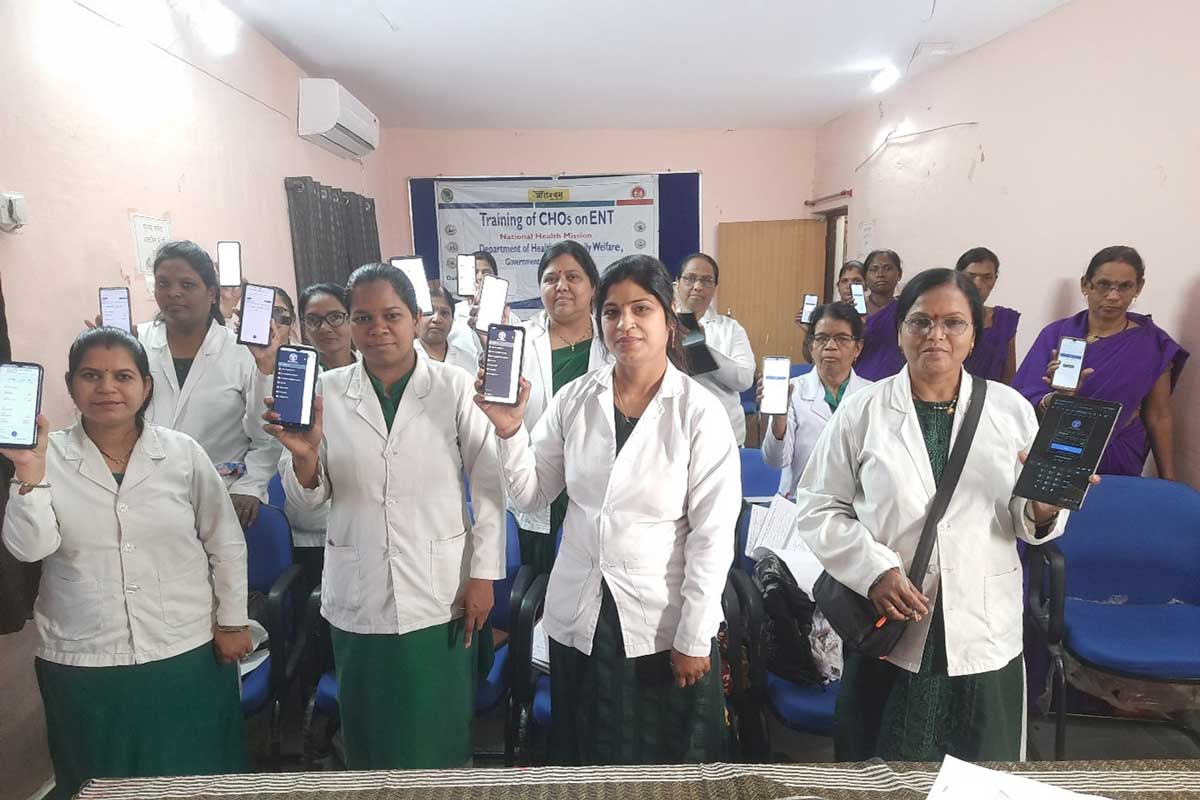Why smallpox vaccines weren’t produced in Britain’s African colonies
Hint: It’s not because it wasn’t possible.
- 13 July 2022
- 6 min read
- by Maya Prabhu

On the cusp of the 20th century, doctors dotted across Africa, India and the Caribbean were encountering a problem: much of the smallpox vaccine they were receiving from Britain was inert – incapable of priming the immune system against the deadly and fast-moving smallpox virus.
For the colonial administrations charged with extracting resources and compliance from subjugated land and peoples, this was potentially catastrophic news. A runaway disease outbreak risked the stability of the imperial project. More insidiously, the failure of a technological good exported from the navel of the Empire might rattle assumptions about British scientific authority.
“If we agree that we still live in a colonized world, science is never devoid of politics when it comes to the relationship between the Global North and Global South.”
“As they moved around the world, westerners often expected their material goods to maintain their shape, form and function to fit western needs without much adaptation,” writes scholar Kristin Brig in a new paper1 published in the Journal of Imperial and Commonwealth History. “Smallpox vaccination shows how the movement of technology, including pharmaceuticals, from Europe to Africa, Asia and South America encountered a number of climatic issues that challenged notions of European-based superiority in trade and scientific expertise.”
Intemperate climates
The vaccine product, sold and shipped as tubes of glycerinated calf lymph, was by now – a century after the vaccine’s discovery – robust enough to reliably survive travel from the London factories to points across the British Isles. But the journeys to Antigua or the Gambia were, it transpired, quite another question.
One medical officer at the southern African Cape mused in 1894 that the heat and the long transit from England were likely to blame. Both the Governor of Gambia and a surgeon called Robert Moffat who trialled it in Uganda in 1899 and 1900 called the English lymph “useless” – the latter noting that it seemed only to excite an immune response when it was distributed near the port of arrival, where it could be deployed just “three weeks since it was sent from England”. In Madras, southern India, a Sanitary Commissioner named Walter King observed in the early 1890s that the glycerine-preserved lymph deteriorated faster in the warmer, wetter climate of the plains than in the cooler hills.
In some portions of East Africa, doctors nervous about smallpox outbreaks resorted, in the absence of reliable shipped vaccine, to arm-to-arm vaccination. That method, which took matter directly from the vaccine pustule of one person and injected into the arm of the next, was a hazardous one, since it often transferred other pathogens at the same time.
Colonial experiments, colonial production
“The problems with inert lymph stimulated research into colonial lymph production and distribution,” Brig writes. In southern India, Walter King experimented with new kinds of preservatives for the calf lymph. Both in nearby Mysore and in faraway Darjeeling and Rangoon, tests proved lanolin worked better than glycerine in Indian conditions.
Meantime, Moffat’s complaints from Uganda prompted the Society of Apothecaries – “a prominent player in turn-of-the-century British pharmaceutical production” – to send to both Uganda and Somaliland a new kind of vaccine preparation: ivory points tipped with desiccated lymph.
Have you read?
These were trialled simultaneously in London and Uganda, with – unsurprisingly – different results. In Uganda the new delivery technology fared less well than in London, with just over half of ivory-point inoculations producing the hoped-for immune effect.
While that still promised a better immune coverage than the glycerinated lymph, Uganda’s doctors wanted a better solution, and called for the creation of a local vaccine farm, modelled on London’s vaccine-production establishments. Uganda’s Acting Principal Medical Officer A.D. Milas submitted a request to the colonial administration for £250 – the farm’s ‘initial outlay’. Soon, he promised, the vaccine production facility would pay for itself.
Profit, myopia, and an unsatisfying ending
Early responses from the Colonial Office were positive, but not everyone was enthusiastic. The colonies were a vital market for British pharmaceutical producers; an east African vaccine farm would deprive producers like the Society of Apothecaries of an important revenue stream. In 1902, the society released a report on the ivory points, claiming their success, and blaming failures on the incompetence of the doctors deploying them.
So what happened next? The society’s report was read and considered, but seemed to make no major waves. The east African vaccine farm continued to be mooted. Ivory point vaccines continued to be trialled in Africa through April 1903 – results ranged from “satisfactory” to “unfavourable”. To the end of 1904, complaints about their efficacy continued to trickle in from across the Empire.
And then, writes Brig, “the paper trail ends, leaving us without a clear conclusion about the protectorates’ final decision.” But there is no evidence, she writes, that the vaccine farm ever came to be. The ivory point vaccines stopped being manufactured when they were finally found to be less “cost-effective” than hoped. Still, the society continued to supply glycerinated lymph to colonial doctors – “despite its clear unreliability in tropical climates” – until 1922.
But the episode was more than a “futile scientific experiment,” Brig claims. “It shows the extent to which colonial climates changed the way British scientists and doctors viewed technologies they previously thought of as transferable to any space … In turn, the transformation of a traditional British technology changed how doctors in colonies saw themselves and their relationship to the British pharmaceutical industry.” In fact, she concludes, a complaint about expired vaccine became a critique of the British colonial medical administration and its reliance on British-based knowledge – “exposing the cracks in the public health fabric that bolstered British imperial policy and rule”.
Threads to the present
“If we agree that we still live in a colonized world, science is never devoid of politics when it comes to the relationship between the Global North and Global South,” wrote Brig in an email exchange with VaccinesWork. “My research demonstrates just one way imperial states have manipulated scientific knowledge and materials, and their participation in capitalistic processes, to maintain power over colonies that they had no right to own in the first place.”
This much is inarguable: Africa remains reliant on vaccine imports. In the third year of a pandemic that has forced African countries to the back of the vaccine queue, the cost of that is clear. The African Union is targeting a change: by 2040, they say, 60% of Africa’s vaccine needs should be produced on the continent. “By creating local production sites, one not only returns authority to postcolonial spaces,” says Brig, “but one also ensures that the end product is given the care and attention it needs.”
1. Kristin Brig (2022) Stabilising Lymph: British East and Central Africa, ‘Tropical’ Climates, and the Search for Effective Smallpox Vaccine Lymph, 1890s–1903, The Journal of Imperial and Commonwealth History, DOI: 10.1080/03086534.2022.2084933
